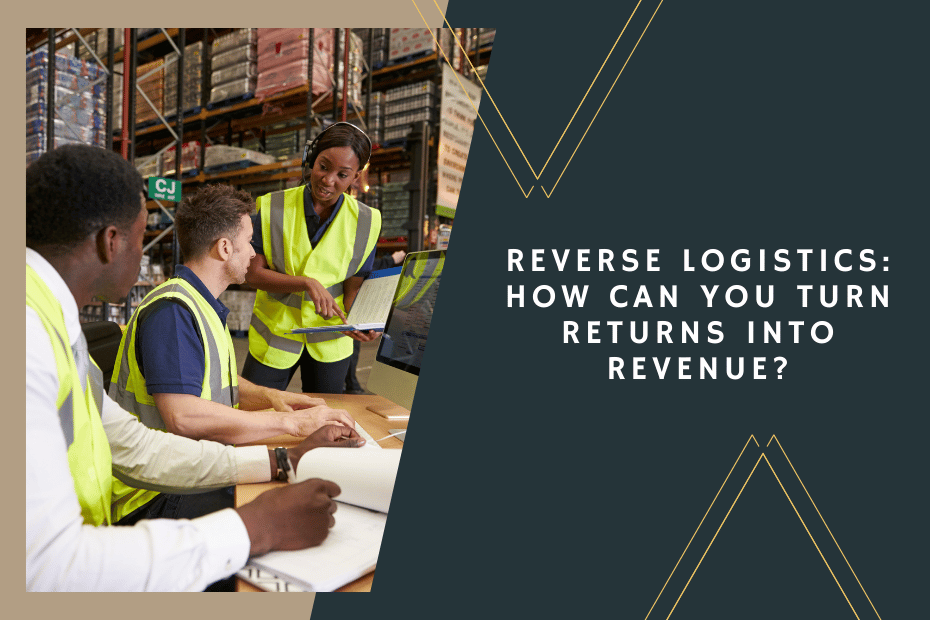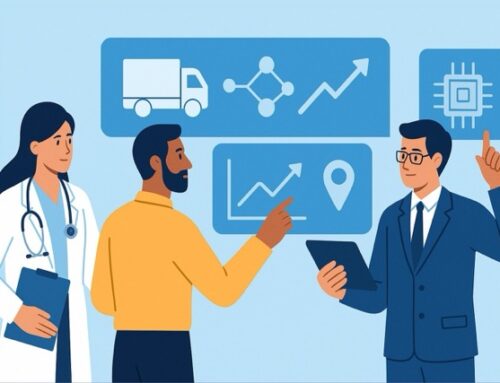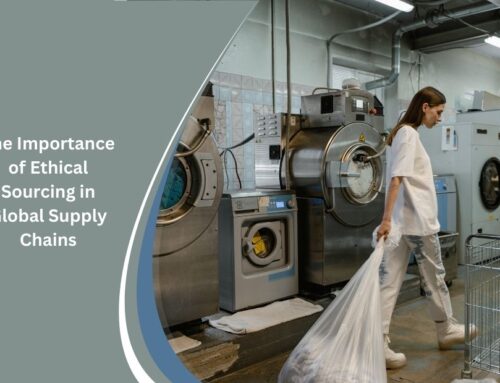In today’s competitive e-commerce and retail landscape, effectively managing product returns is crucial for maintaining customer satisfaction and minimizing costs. Reverse logistics, the process of handling returns, repairs, refurbishments, and recycling, plays a pivotal role in this. While traditionally viewed as a cost center, reverse logistics can be transformed into a revenue-generating strategy when managed efficiently. This comprehensive guide explores the concept of reverse logistics, its benefits, types, and practical strategies for turning returns into revenue. By the end of this article, you’ll understand how to leverage reverse logistics to enhance profitability and sustainability in your business.
Understanding Reverse Logistics
Reverse logistics involves managing the return of products from customers back to sellers or manufacturers. This process is essential for handling returns due to defects, sizing issues, or customer dissatisfaction. Unlike traditional logistics, which focuses on moving goods from the manufacturer to the customer, reverse logistics handles the backward flow from the customer to the seller. Effective reverse logistics helps recover value from returned products, reduce waste, and improve customer satisfaction, ultimately transforming potential losses into revenue opportunities. The complexity of reverse logistics requires businesses to develop robust systems to manage the various stages of returns, including collection, inspection, refurbishment, and redistribution.
Benefits of Reverse Logistics
Implementing an efficient reverse logistics system offers numerous benefits that extend beyond simple cost savings. First and foremost, it significantly enhances customer satisfaction. A hassle-free returns process makes customers feel valued, increasing their likelihood of repeat purchases. Furthermore, reverse logistics supports sustainability efforts by reducing waste through recycling and refurbishing returned items. This not only minimizes environmental impact but also meets the growing consumer demand for eco-friendly practices. Additionally, reverse logistics helps businesses recover value from returned items by reselling or recycling them, thus generating additional revenue. Efficient reverse logistics processes also improve inventory management by keeping track of returned items and updating stock levels accurately, which reduces storage costs and enhances operational efficiency.
Types of Reverse Logistics
Reverse logistics encompasses several types of processes aimed at maximizing value recovery from returned products. Returns management involves handling customer returns efficiently to ensure products are processed quickly and accurately. This includes verifying the condition of returned items and determining whether they can be resold, refurbished, or recycled. Refurbishment involves repairing and restoring returned items to a saleable condition, which can then be reintroduced to the market. Recycling focuses on extracting valuable materials from returned products and reusing them in new products, reducing the need for raw materials. Disposal involves responsibly discarding items that cannot be refurbished or recycled. Each type of reverse logistics requires specific expertise and processes to maximize value recovery and minimize costs.
Strategies for Turning Returns into Revenue
To turn returns into revenue, businesses need to implement effective reverse logistics strategies. One key strategy is simplifying the returns process to enhance customer satisfaction and reduce management time and costs. Providing a user-friendly returns portal where customers can initiate returns, track progress, and receive updates can streamline the process. Efficiently inspecting and processing returns is crucial for determining whether items can be resold, refurbished, or recycled. Quick and accurate assessment of returned items ensures they are processed promptly, reducing time spent in the warehouse. Optimizing inventory management by accurately tracking returned items helps avoid overselling or stockouts, ensuring better stock control. Offering a generous returns policy can boost customer trust and loyalty, driving more sales and repeat business. Additionally, leveraging aging or unsellable returned inventory by offering discounts or selling through clearance channels can generate revenue and clear out excess stock.
Leveraging Technology in Reverse Logistics
Integrating advanced technologies can significantly enhance the efficiency of reverse logistics processes. Implementing RFID tags and advanced software systems can streamline the tracking and management of returned items, reducing errors and improving inventory accuracy. Automated systems facilitate quicker inspection and processing of returns, ensuring that products are refurbished, recycled, or disposed of as needed. Data analytics provides valuable insights into return patterns, helping businesses identify and address underlying issues that lead to returns. For example, analyzing data on returned items can highlight common defects or quality issues, allowing companies to make necessary improvements to their products or processes. By leveraging technology, businesses can optimize their reverse logistics operations, maximize value recovery, and enhance overall efficiency.
Sustainability in Reverse Logistics
Reverse logistics plays a crucial role in supporting sustainability efforts. By refurbishing and reselling returned items, businesses can extend the lifecycle of products, reducing the need for new raw materials and minimizing waste. Recycling returned products helps recover valuable materials and reduces the environmental impact of disposal. Implementing sustainable practices in reverse logistics can also enhance a company’s reputation, attracting environmentally conscious consumers and fostering brand loyalty. Moreover, engaging in sustainable reverse logistics can qualify businesses for government incentives related to environmental sustainability, further reducing costs and supporting long-term growth. Companies like Amazon and Burger King have implemented sustainable packaging and recycling practices, significantly reducing their environmental footprint and promoting sustainability in their operations.
Challenges in Implementing Reverse Logistics
Despite its benefits, implementing a robust reverse logistics system presents several challenges. High operational demands, such as the need for significant time and resources to process returns, can strain a company’s capacity. Ensuring quality control of returned goods for resale or refurbishment adds another layer of complexity. Navigating regulatory compliance, especially for cross-border returns, involves managing complex legal and logistical requirements. Additionally, reverse logistics requires seamless integration with the broader supply chain to optimize resources and reduce costs. Addressing these challenges requires careful planning, investment in technology, and collaboration with experienced logistics partners. Companies must also develop strategies to manage and mitigate risks associated with reverse logistics, such as fraud and inventory shrinkage.
In Conclusion
Reverse logistics offers a strategic opportunity for businesses to turn returns into revenue. By implementing effective returns management, refurbishment, recycling, and disposal processes, companies can recover value from returned items, reduce waste, and enhance customer satisfaction. Leveraging technology and sustainable practices further optimizes reverse logistics operations, supporting profitability and environmental goals. Despite the challenges, a well-managed reverse logistics system can transform a cost center into a revenue-generating asset, contributing to long-term business success. As e-commerce and consumer expectations continue to evolve, embracing reverse logistics is essential for maintaining competitiveness and achieving sustainable growth. By viewing returns not as a setback but as an opportunity for revenue recovery and customer engagement, businesses can harness the full potential of reverse logistics to drive future success.










